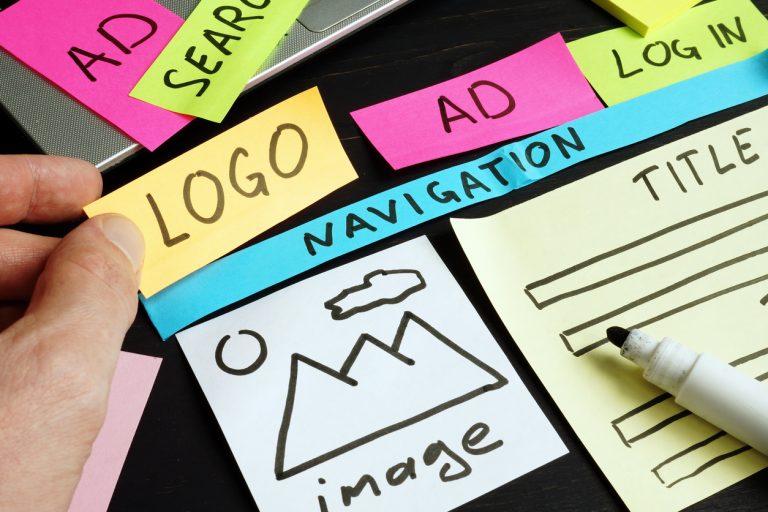
In today’s fast-paced digital economy, a company’s website is often the first impression a customer receives when researching the businesses around them. This holds true across various sectors, including the insurance industry. Insurance web design is a critical aspect of making a good first impression. Done well, the design of your agency’s site can establish a positive experience; done poorly, it can send potential consumers to your competitors. One of the best ways to stand out from the competition is to incorporate a fresh new website look for the coming year. These insurance web design trends for 2021 have the potential to drive business growth well into the future.
Website Design: A Glimpse into Your Agency’s Identity
Think about the first time you landed on a given business’s website and the impression it made. Were you able to find the information you were looking for? More importantly, did the design and layout of the site tell you about the company, its mission, and its own story? Good insurance web design helps to tell that story – to let visitors know what your agency is about and what it stands for. If there is one digital marketing lesson coming from the coronavirus pandemic of 2020, it is this: companies with compelling web designs and layouts saw significant business growth, while those without faltered.
New Website Features Take Center Stage
Some of the most exciting trends in insurance web design include features that have only just begun to be employed on the internet. Three of these new design elements include:
- Dark Mode
- Interactive 3D Page Elements
- Focus on Mixed Media
Impressed by the popularity of dark mode on Google and similar platforms, insurance web designers have increasingly adopted this design feature. Dark mode is simply a reversal of current web interfaces, which have traditionally used light-colored backgrounds and contrasting dark text. By using dark backgrounds and light or white text, site visitors report less eye strain. Dark mode also offers a clean, modern look that appeals to many consumers.
A growing interest in so-called “VR” (“Virtual Reality”) headsets in the consumer gaming market has captured the imaginations of web designers. Interactive 3D elements are immersive, engaging, and unique; incorporating them can add a stylish element to your agency website. Best of all, no VR headset is required for site visitors to enjoy these elements.
Mixed media has long been a part of the web design experience. Numerous studies by prominent web journals have discovered that sites that blend text-based content with images and other elements have higher time-on-site (TOS) metrics, meaning visitors are sticking around longer. The rise of video in digital marketing hammers this point home. Agencies that add informative video content to their websites can expect greater engagement with visitors and can do so cost-effectively.
Insurance Web Design and Layout Trends
The layout of a website is crucial for visitor navigation. Cluttered pages and slapdash layouts have been shown to drive visitors away. Traditionally, website pages were laid out in a grid format, with elements aligned with the edges and centers of the screen. Asymmetric layouts are a hot new trend, forgoing the grid format and incorporating a new and individualized look to websites. Here, designers must balance the various elements on a given page to avoid any specific elements overwhelming the page. User testing and evaluation is the key to pulling off an asymmetric layout.
Sometimes, the lack of design elements is beneficial. The concept of “white space” or negative space is an integral part of many art forms and can be incorporated into insurance agency websites. Rather than overwhelming a page with content, give the elements some breathing room. This helps them to stand out better, allowing visitors to focus on the information and images provided.
Website Accessibility
One of the final trends that is gaining traction in the latter part of 2020 is that of website accessibility. Established accessibility of websites was spearheaded by the World Wide Web Consortium (W3C) and its Web Accessibility Initiative. Under this initiative, international guidelines were set to allow those with visual or hearing barriers to access websites and their content.
Web accessibility has the potential to unlock your agency’s website to an entirely new audience. Insurance web design should be developed with an eye toward inclusion, removing barriers that can hinder a positive site experience. Even more important, having an accessible website can help protect an insurance agency from legal claims, as this accessibility is required by law in many jurisdictions, including on the federal level.
By putting a renewed focus on insurance web design, agencies and brokerages can attract new audiences, make the site visit a positive one, and ultimately drive business growth. It is time to freshen up your site’s content for the coming year, and by doing so, you will have laid the groundwork for continued success.
About Neilson Marketing Services
Since 1988, Neilson Marketing Services has been implementing innovative marketing solutions and strategies for our clients in all areas of marketing. Contact us today at (866) 816-1849 to put our talent, expertise, and vast resources to work for you. Let’s make things happen, together!

